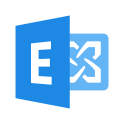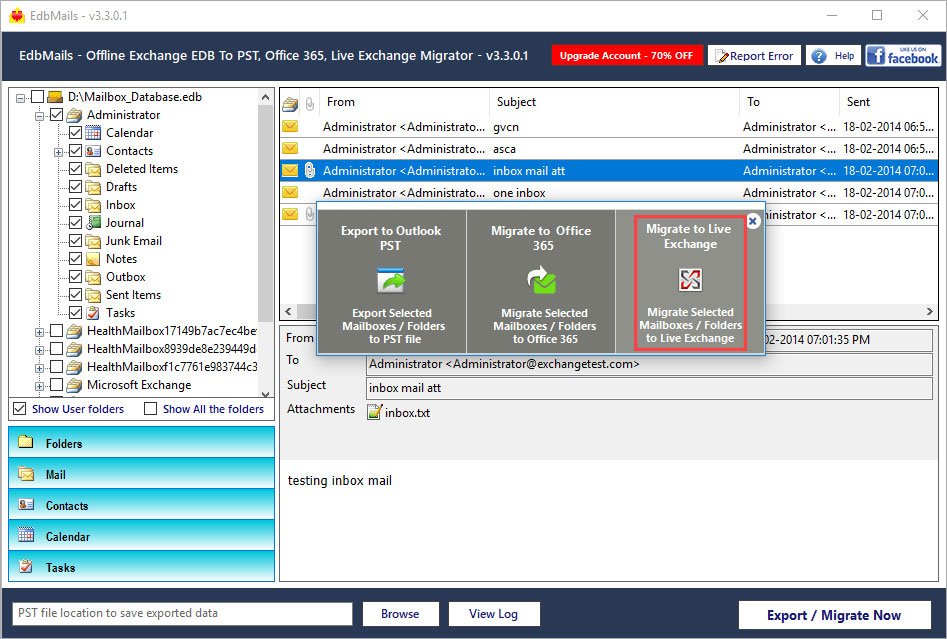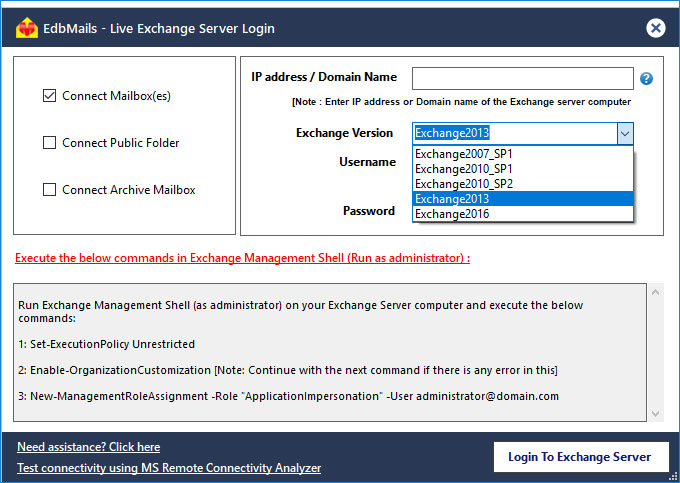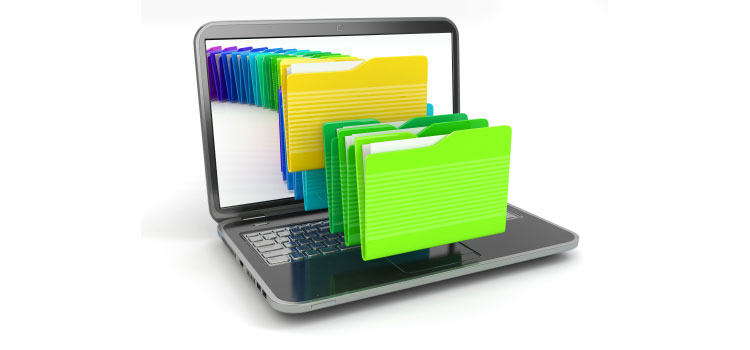In 2013 and 2016 Exchange server versions, the public folders have been migrated to mailbox databases instead of having separate public folder database. This will provide better reliability and it will be part of DAG, but when you must migrate from older legacy version of exchange server it won’t result in straightforward process.

Quick Solution
EdbMails for EDB to PST Converter is a free tool to convert online & offline corrupt and healthy EDB Files to PST, Live Exchange and Office 365.The prerequisites that you must check before migrating from legacy version to 2013/2016 are:
- If you have 2003 version Exchange server public folders, you must upgrade to 2007/2010 before as there is no native method provided for migration. Alternatively, you can use EdbMails application.
- If you have 2007 version Exchange server, you must have Service Pack 3 RU10 or later installed.
- If you have 2010 version Exchange server, you must have Service Pack 3 or later installed.
- You cannot have both legacy mailboxes and new public folders in same organization at same time.
- You will have downtime of server during the migration process. Since we cannot avoid this, you will have to plan the time required before attempting migration.
- Users cannot access new public folders in Exchange 2013/2016 if they are using legacy mailboxes. There are also limitations to consider that are listed here by Microsoft
- Public folders are stored in mailbox instead of separate database. So, you should start with users mailboxes migration and make environment setup first.
Migrating from Exchange server 2003 to 2013/2016 directly is not provided natively by Microsoft. So, you can use EdbMails instead which can migrate from legacy Exchange server to newer versions. There are migration scripts provided by Microsoft download center, but that needs you to make script adjustments, mapping CSV files and it needs public folders lock from users access which will affect the availability.
Now, to avoid all the overhead process and availability issues you can use EdbMails to migrate with ease. Steps to perform migration are explained here in detail.


Also, you can export Edb to PST file using EdbMails. Then you can migrate the Mails from PST to Exchange Server using following Powershell Command.
New-MailboxImportRequest -Mailbox “Mailbox name” -FilePath “Complete_path_of_the_PST.pst” -TargetRootFolder “/”

